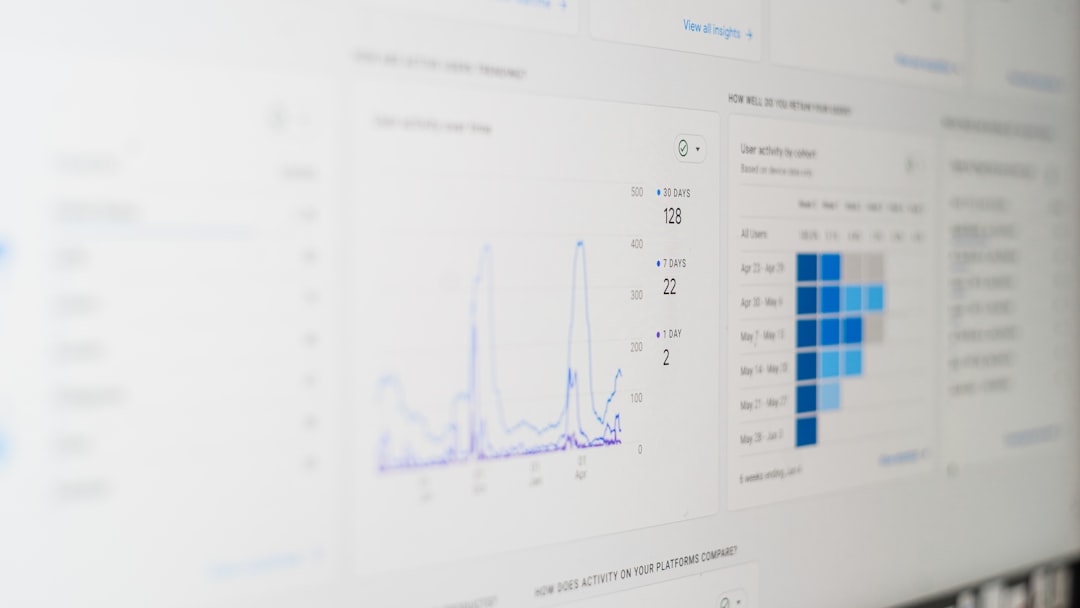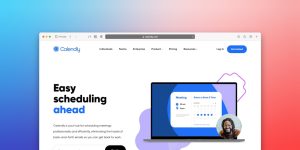
In today’s digital-first landscape, brands must maintain presence and cohesion across a multitude of channels — social media, email marketing, search engines, paid ads, and more. To maximize returns on these efforts, businesses need tailored strategies for each medium, but also unifying tools that provide consistency and agility. One such tool increasingly used by marketers is the landing page generator. But can this tool meaningfully contribute to effective cross-channel marketing strategies? The answer is a resounding yes — when used with intention and supported by a strategic vision.
Understanding Cross-Channel Marketing
Cross-channel marketing involves delivering a cohesive brand message across multiple communication platforms. Its aim is not merely reaching the target audience through different channels, but ensuring that each interaction continues and complements the user’s journey. Brands that execute successful cross-channel campaigns enjoy increased user engagement, better retention rates, and improved conversion opportunities.
Challenges often arise when the user experience lacks consistency between digital touchpoints. That’s where landing pages come in — highly targeted web pages designed to drive specific actions. When created systematically using a landing page generator, these pages can serve as the digital glue binding your channel strategies together.
What Is a Landing Page Generator?
A landing page generator is a software platform that enables marketers to quickly build, customize, and deploy landing pages without heavy coding. These tools often include:
- Drag-and-drop editors for ease of use
- Templates optimized for conversions
- Advanced targeting and integration features
- A/B testing capabilities
- Mobile responsiveness
By simplifying creation and allowing for swift adaptation, these generators empower marketers to meet the demands of fast-paced, multichannel campaigns.
Benefits of Using Landing Page Generators in Cross-Channel Marketing
Landing page generators offer several strategic benefits for cross-channel marketing efforts:
- Tailored Experiences at Scale: Each channel has its user behavior and context. A landing page generator allows you to build multiple, channel-specific versions of a landing page that cater to these differences, providing personalized experiences while reducing production overhead.
- Message Consistency: Using templates and shared design components, marketers can ensure brand message consistency across platforms, reinforcing identity and fostering trust.
- Faster Campaign Deployment: Campaigns can be launched more quickly and easily with less reliance on development teams, reducing time-to-market.
- Better Conversion Tracking: These platforms integrate with analytics tools, enabling marketers to track conversion rates across channels and quickly determine what works.

Using a Landing Page Generator Across Specific Channels
Different channels can produce different customer journeys. Here’s how a landing page generator can enhance each:
- Email Campaigns: Personalized landing pages matching subject line messaging can improve click-through and conversion rates. Pre-built templates can reflect the email design.
- Social Media Ads: Rapid A/B testing of landing pages can help determine which offer formats engage users from platforms like Facebook or Instagram best.
- Search Engine Marketing: Google Ads reward landing page relevance. Generators help create tightly aligned pages with ad copy and keywords, reducing bounce rates and improving quality scores.
- Organic Content: Blog readers and SEO traffic can be funneled to landing pages focused on driving further engagement or lead generation with offers tied to the article’s topic.
With centralized tools, marketers can rapidly test what works across each of these, then identify top-performing combinations for scale.

Best Practices for Integrating Landing Page Generators into Cross-Channel Strategies
To extract full value from landing page tools, consider the following best practices:
- Segment Your Audiences: Use behavioral and demographic data to tailor landing pages to specific buyer personas across different channels.
- Keep Design Consistent: Visual consistency across landing pages reinforces credibility and makes the user journey more predictable.
- Leverage Automation: Integrate your landing page generator with CRM and email platforms to automatically trigger follow-up actions based on user behavior.
- Continuous Optimization: Use A/B testing rigorously across channels to iterate on what truly converts.
Conclusion
In the multi-platform digital arena, maintaining a unified and effective user journey is no small feat. A landing page generator, when strategically integrated, becomes a powerful asset for marketers looking to align messages, test channel-specific content, and adapt campaigns with agility. As automation and personalization become the new norm in digital marketing, tools like these will continue to play a pivotal role in shaping successful cross-channel strategies.






